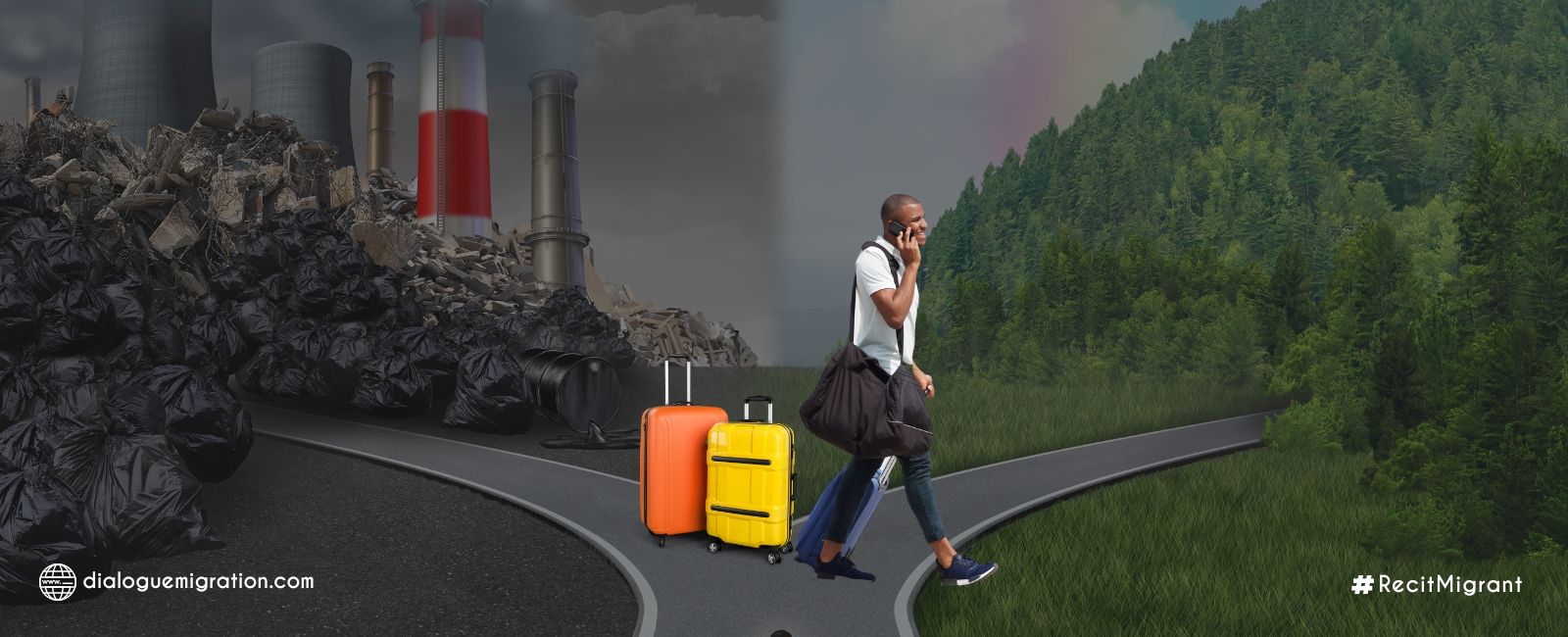

Over the past few decades, the world has been confronted with a phenomenon that has been growing in importance and attracting international attention: climate migrants. These individuals displaced by the effects of climate change are a vulnerable population in search of survival. While the debate around migration often focuses on political and economic causes, it is crucial to recognise that environmental change also plays a key role in the displacement of people across the globe.
The phenomenon of climate migrants is an alarming consequence of climate change. Unlike traditional refugees, climate migrants are fleeing the direct or indirect consequences of environmental change. Their growing numbers raise crucial questions about their status and global responsibilities to them.
Climate migrants: who are they?
True climate migrants are people and communities forced to leave their homes due to natural disasters, extreme weather events, such as droughts, floods, storms, rising sea levels, and environmental degradation. Unlike traditional refugees, climate migrants are not recognized by international conventions, often leaving them in a legal limbo and without protection. They may be farmers whose land is no longer viable, people living in coastal regions submerged by rising seas, or people living in areas affected by increasingly severe natural disasters. These displacements are not only the result of geographical circumstances, but also of the increasing impact of human activity on the planet.
Root causes of displacement
Climate migrants often come from vulnerable regions where livelihoods are highly dependent on the environment. Land degradation, loss of natural resources, and the increased frequency of extreme weather events directly affect their ability to live on their ancestral lands.
These environmental changes are causing people to seek refuge elsewhere to ensure their survival. Unfortunately, these climate migrants face many obstacles to international recognition. International refugee conventions, such as the Geneva Convention, do not explicitly cover displacement due to climate change. Legal and conceptual differences between political refugees and climate migrants make it difficult to obtain appropriate statuses and protections. Climate migrants are unwitting actors in climate change. Their displacements reflect the growing urgency to take action to mitigate the effects of climate change and help those most affected. While the formal recognition and protection of climate migrants remains a major challenge, it is imperative that the international community commits to finding sustainable solutions to meet their needs and human rights.


